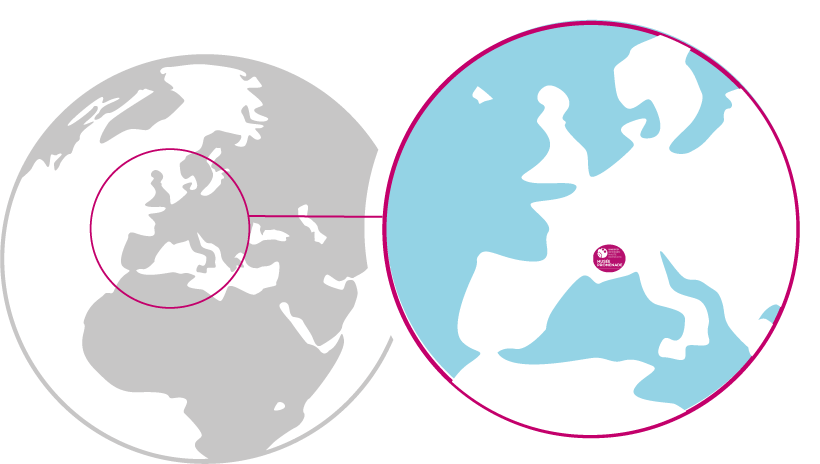This high site still bears witness to its past defensive role. The ruins of the old fortified castle, built on three major-rocks, dominate the view over the entire Bléone valley. The Sainte-Agathe Chapel, adjacent to the castle, is also built on the rock.
According to tradition, the village owes its name to the wall-lizards that live here, "li lagramuso" in Provençal dialet. The land is dry and barren, with exceptional exposure to sunshine. In the 19th century, Abbot Féraud wrote: "The climate is good, the inhabitants very poor, the soil stony and producing little grain and much wood". Therefore, the rural exodus from Lagremuse was massive . The population fell from 80 inhabitants in 1765 to 66 in 1844. In 1867, the Municipal District of Lagremuse was attached to that of Chaffaut-Saint-Jurson. After the First World War, the village was completely depopulated. All that remains of the old terraced gardens below Lagremuse are a few stone walls, and in the south-west, a few abandoned vines. Only the old olive groves have recently been carefully restored by their current owners.





